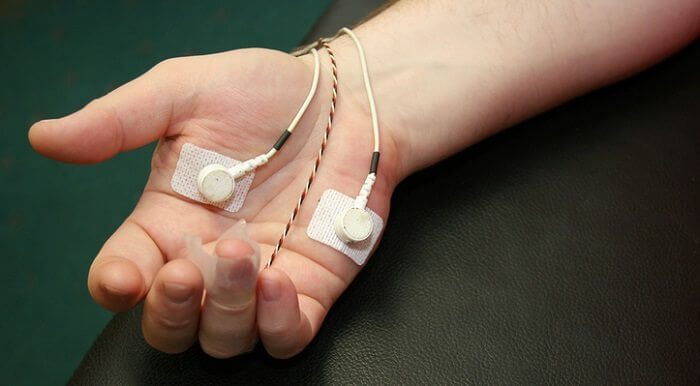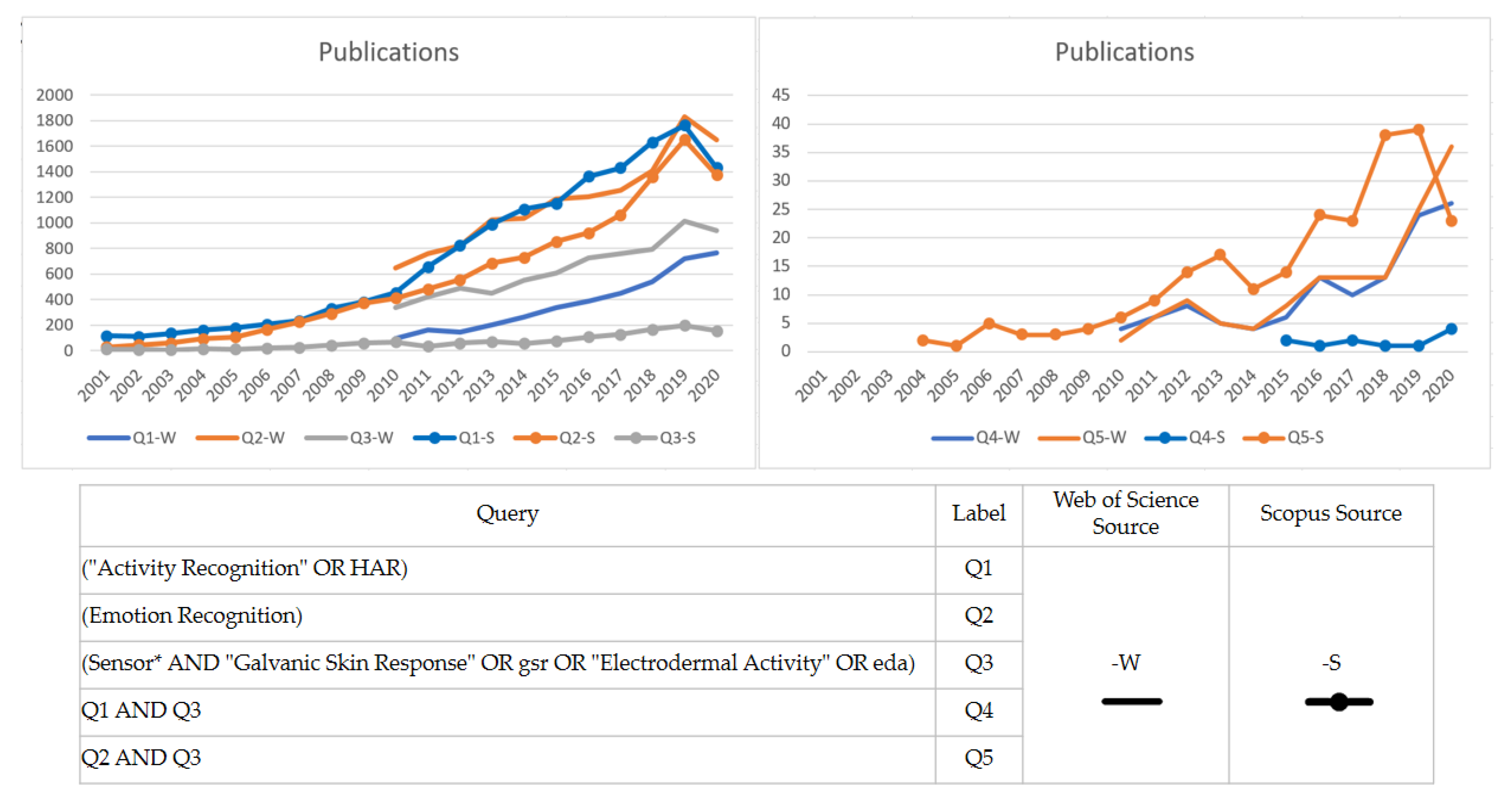
Such DC shifts often precede epileptic seizures ( 7– 9). Here, GSR amplitude was observed to inversely predict an encephalographic (EEG) index of cortical excitation i.e., slow cortical potentials where there is a direct current (DC) shift within the EEG. The first published study, underpinning current GSR biofeedback methodology, described the relationship between peripheral autonomic activity and cortical excitation ( 6).
What is the galvanic skin response series#
The methodology was established through a series of neuroscientific studies, initially in healthy participants. Research into the effect of GSR biofeedback therapy on epilepsy was initiated by Nagai in 1997. Correspondingly, this effect exemplifies the direct coupling between sympathetic sweat gland innervation, measured by GSR, and brain states of affective and cognitive arousal.

GSR is familiar to many as the signal used in “lie detectors,” since GSR amplitude reacts sensitively to emotional provocation, salient thoughts, and attentional demand. GSR can be measured on the skin surface and predominantly reflects the unopposed action of sudomotor sympathetic nerves on secretory channels of eccrine sweat glands: enhanced porosity increases electrical conductance. Galvanic Skin Response (GSR) is an “electrodermal” signature of the sympathetic nervous innervation of the skin ( 5).
What is the galvanic skin response how to#
There is accumulating proof-of-concept evidence supporting biofeedback training as an efficacious means of reducing seizures in patients with drug resistant epilepsy ( 2– 4).īiofeedback training provides people with epilepsy a tool to learn how to voluntarily control usually-autonomous physiological signals: By providing conscious access to covert responses, an individual can learn to increase or decrease a physiological signal at will. Biofeedback approaches offer non-invasive and likely cost-effective biobehavioral interventions. There are alternative treatment options available for these patients, but these are limited to invasive and costly neurosurgical procedures including resection, Vagus Nerve Stimulation (VNS), Deep Brain Stimulation, and other options such as dietary modification. However, about 30% of people with epilepsy are drug-resistant and continue to have seizures despite optimal medications ( 1). Pharmacological therapy is the mainstay for the treatment of epilepsy. Significance: This timely evaluation highlights the potential value of GSR biofeedback therapy, and informs the optimal study design of larger scale studies that are now required to more definitively establish the utility of this non-invasive, non-pharmacological interventional approach for drug-resistant epilepsy. The response rates (proportion of patients manifesting >50% reduction in seizure frequency) varied from 45 to 66% across studies. The difference in seizure frequency percentage (Biofeedback-Control) was between −54.4 and −74.0% with an overall weighted mean difference of −64.3% (95% CI: −85.4 to −43.2%). Three of these studies included a control group and a positive therapeutic effect of biofeedback was reported in each of these. Results: Out of 21 articles retrieved for GSR/EDA/Skin conductance biofeedback, four studies were identified as interventional trials, involving 99 patients with drug-resistant epilepsy in total. We also compare and contrast study design with relevance to the interpretation of outcomes. Using percentage seizure reduction as an indicator of therapeutic efficacy induced by GSR biofeedback, we used meta-analytic methods to summarize extant findings.

Method: We searched published literature pertaining to interventional studies of GSR biofeedback for epilepsy, through MEDLINE and Cochrane databases (1950–2018). In this review, we analyse current evidence of efficacy with GSR biofeedback and evaluate the methodology of each study. Evidence is accumulating for the clinical efficacy of GSR biofeedback training in the management of drug resistant epilepsy. Theoretically, control of psychophysiological arousal may be harnessed as a therapy for epilepsy, to mitigate pre-ictal states. Biofeedback training can enable an individual to gain voluntary control over this autonomic response and its central correlates. This activity can be measured as tonic and phasic fluctuations in electrodermal activity.

Objectives: Dynamic changes in psychophysiological arousal are directly expressed in the sympathetic innervation of the skin.

1Brighton and Sussex Medical School, University of Sussex, Brighton, United Kingdom.Yoko Nagai 1 *, Christopher Iain Jones 1 and Arjune Sen 2


 0 kommentar(er)
0 kommentar(er)
